In the world of computers and laptops, there has been an unwritten rule for a long time about using at least 8 GB of RAM. After all, Apple has been following the same rules for years, whose computers from the Mac family start with 8 GB of unified memory (in the case of models with an Apple Silicon chip), and subsequently it is offered to expand it for an additional fee. But this applies more or less only to basic or entry-level models. Professional Macs with higher performance start with 16 GB of unified memory.
It could be interest you
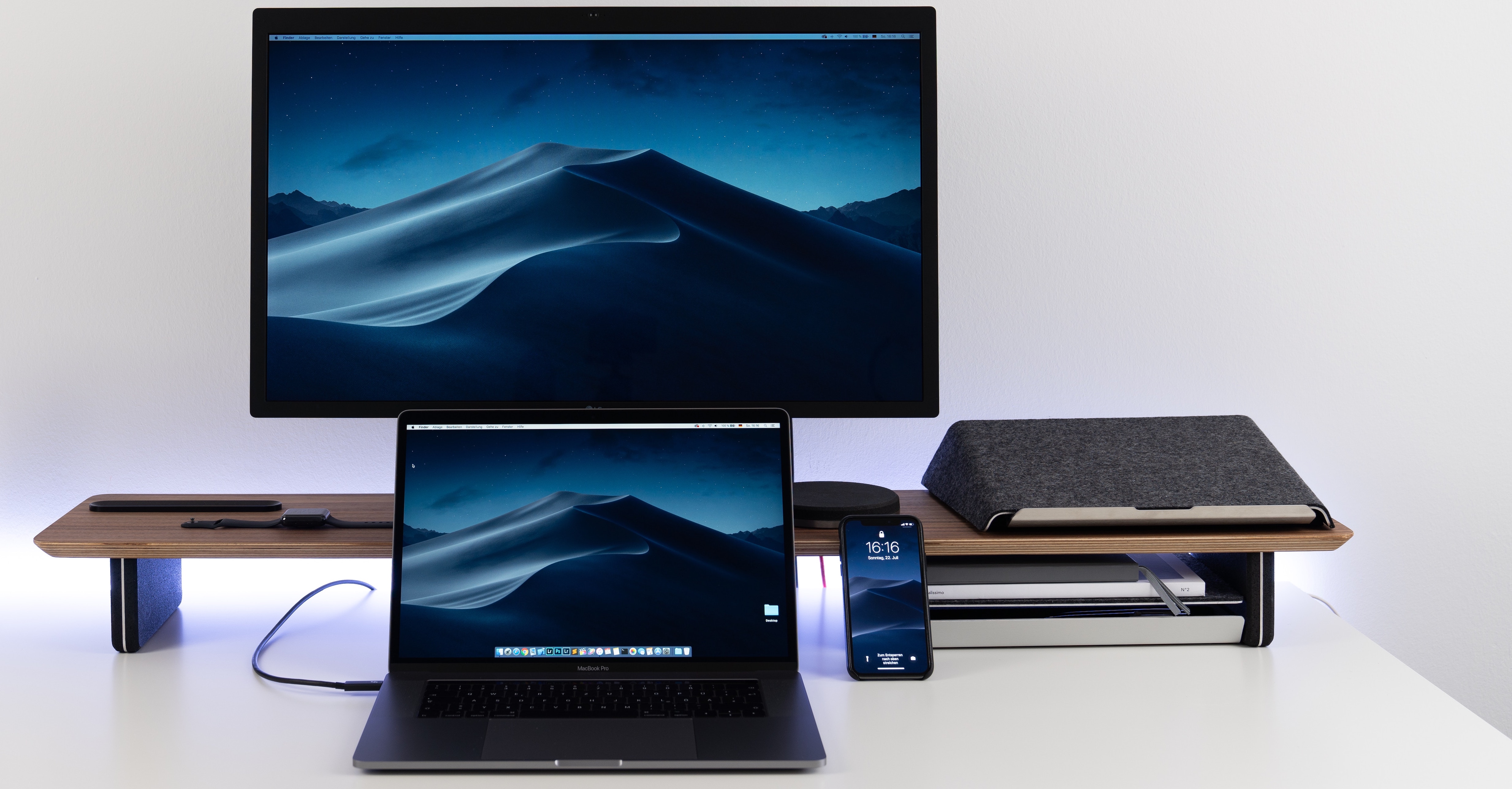
MacBook Air with M8 (1), MacBook Air with M2020 (2), 2022″ MacBook Pro with M13 (2), 2022″ iMac with M24 and Mac mini with M1 are available with 1GB of unified memory. In addition to Macs with Apple Silicon, there is also a Mac mini with an Intel processor with 8 GB of RAM. Of course, even these basic models can be expanded and you can pay extra for more memory.
Is 8GB of unified memory enough?
However, as we mentioned above, the size of 8 GB has been considered the standard for several years, which naturally opens up an interesting discussion. Is 8GB of unified memory in Macs at all sufficient, or is it time for Apple to increase it. The answer to this question is quite simple, because in general it can be said unequivocally that the current size is fully sufficient. So, for the vast majority of these basic Macs, it does not cause any problems and can fully meet all expectations.
On the other hand, it is necessary to mention that 8GB of unified memory is not necessarily enough for everyone. Newer Macs with Apple Silicon chips offer enough performance, but they require more unified memory for more demanding operations. So, if you use more demanding software, or if you edit photos, occasionally work with video and other activities, then it is best to pay extra for a variant with 16 GB of memory. For common activities - browsing the Internet, managing e-mails or working with an office package - 8 GB is fully sufficient. But as soon as you need something more, or if you work with a number of applications turned on at the same time, for example on multiple displays, it is better to simply pay extra.
The power of Apple Silicon
At the same time, Apple benefits from its own Apple Silicon platform. It is for this reason that, for example, 8GB of unified memory on a Mac with an M1 is not the same as 8GB of RAM on a Mac with an Intel processor. In the case of Apple Silicon, the unified memory is directly connected to the chip, thanks to which it noticeably speeds up the entire operation of a particular system. Thanks to this, newer Macs can better use the available resources and work with them more efficiently. But what we mentioned above still applies - although 8 GB of unified memory may be sufficient for ordinary users, it certainly does not hurt to reach for the 16 GB variant, which can handle more demanding operations noticeably better.
It could be interest you
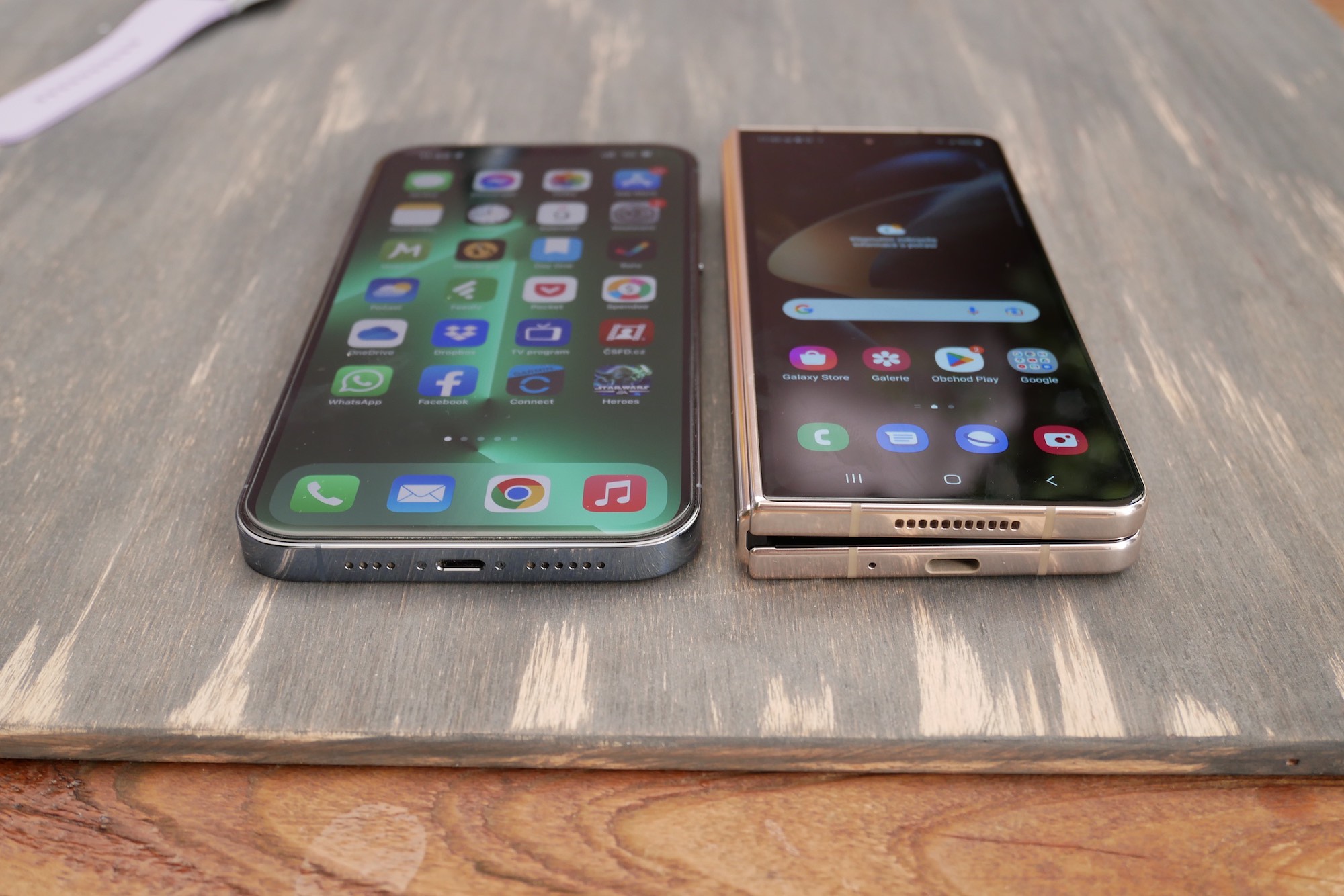
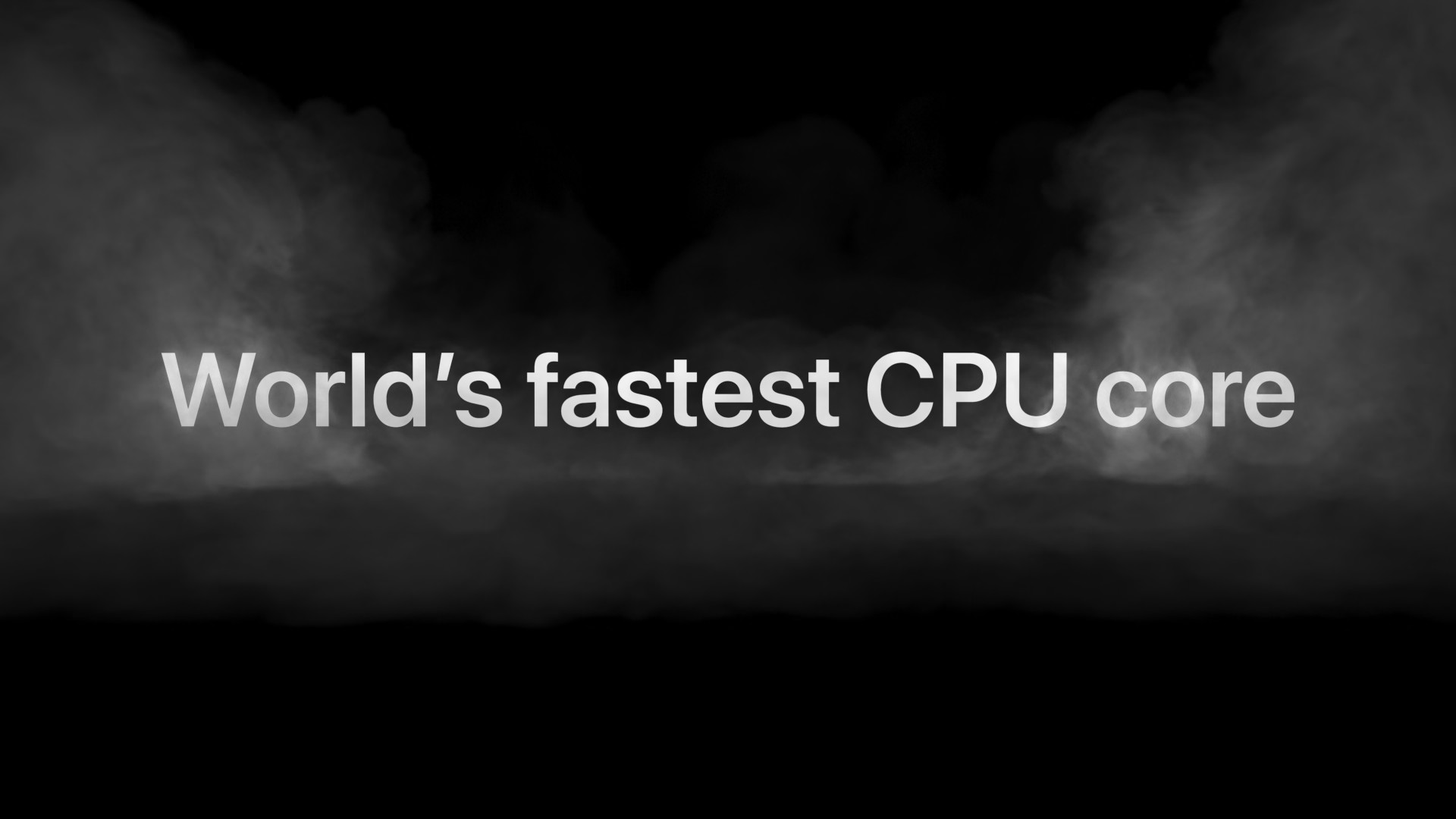
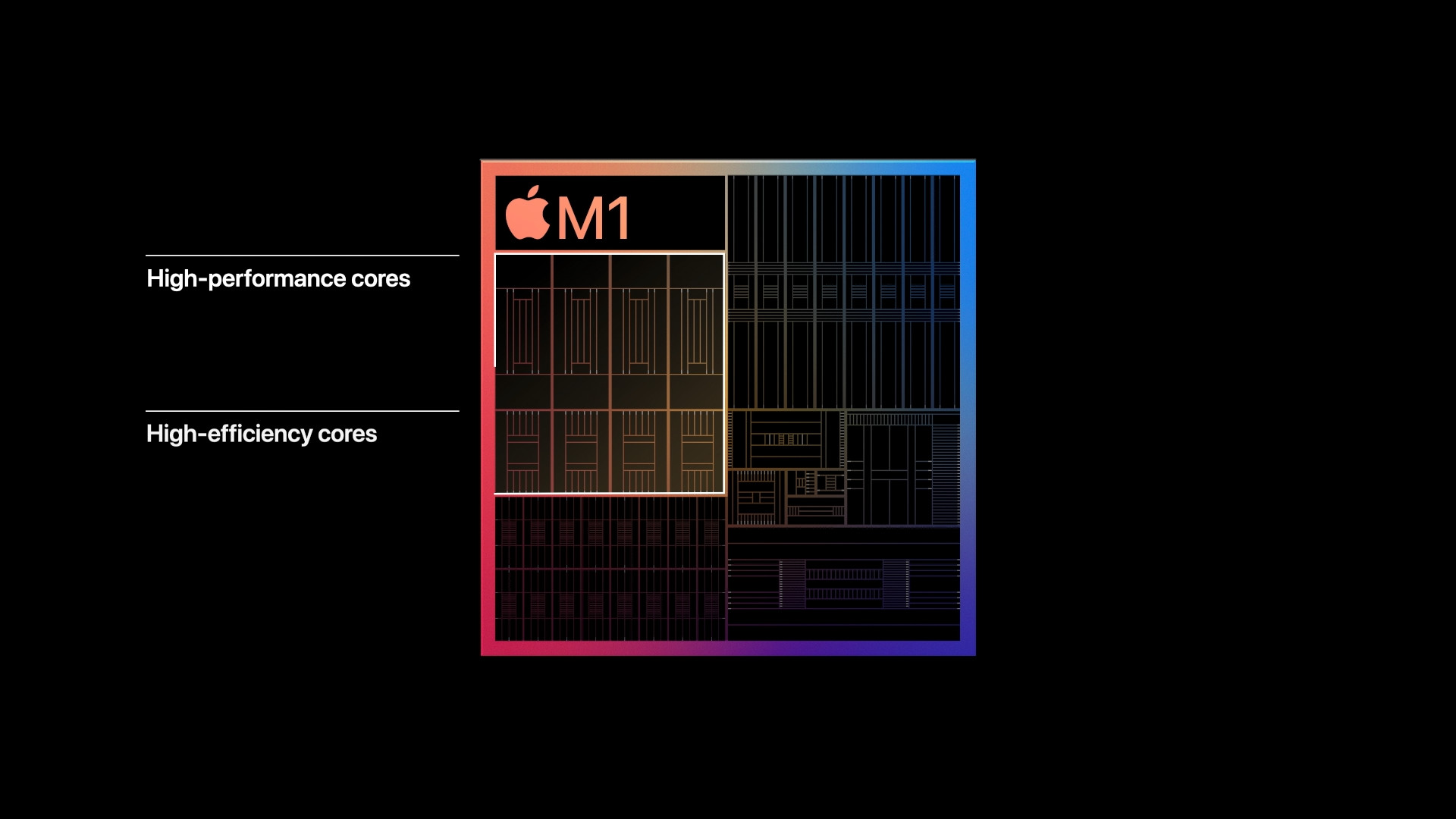
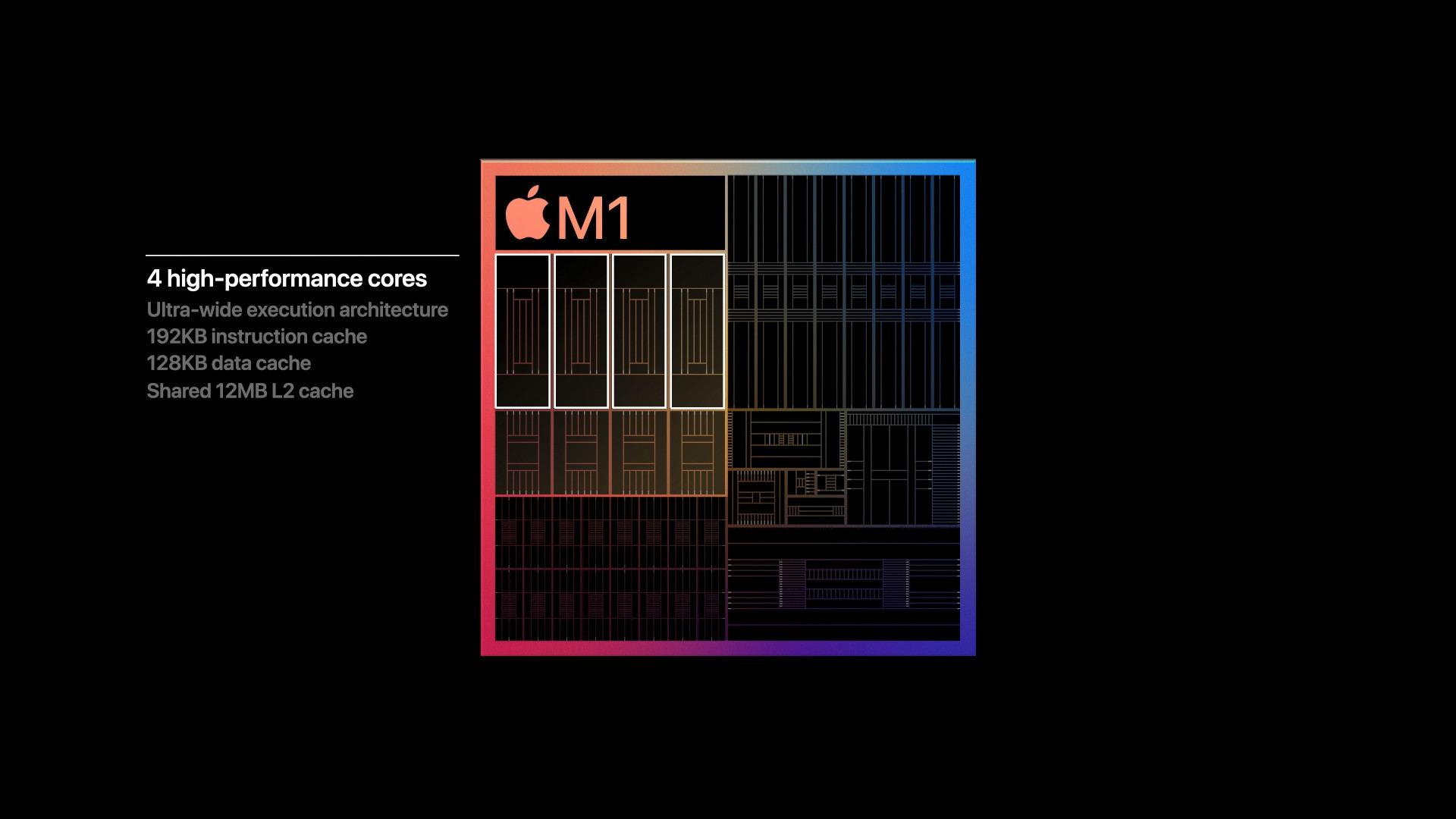

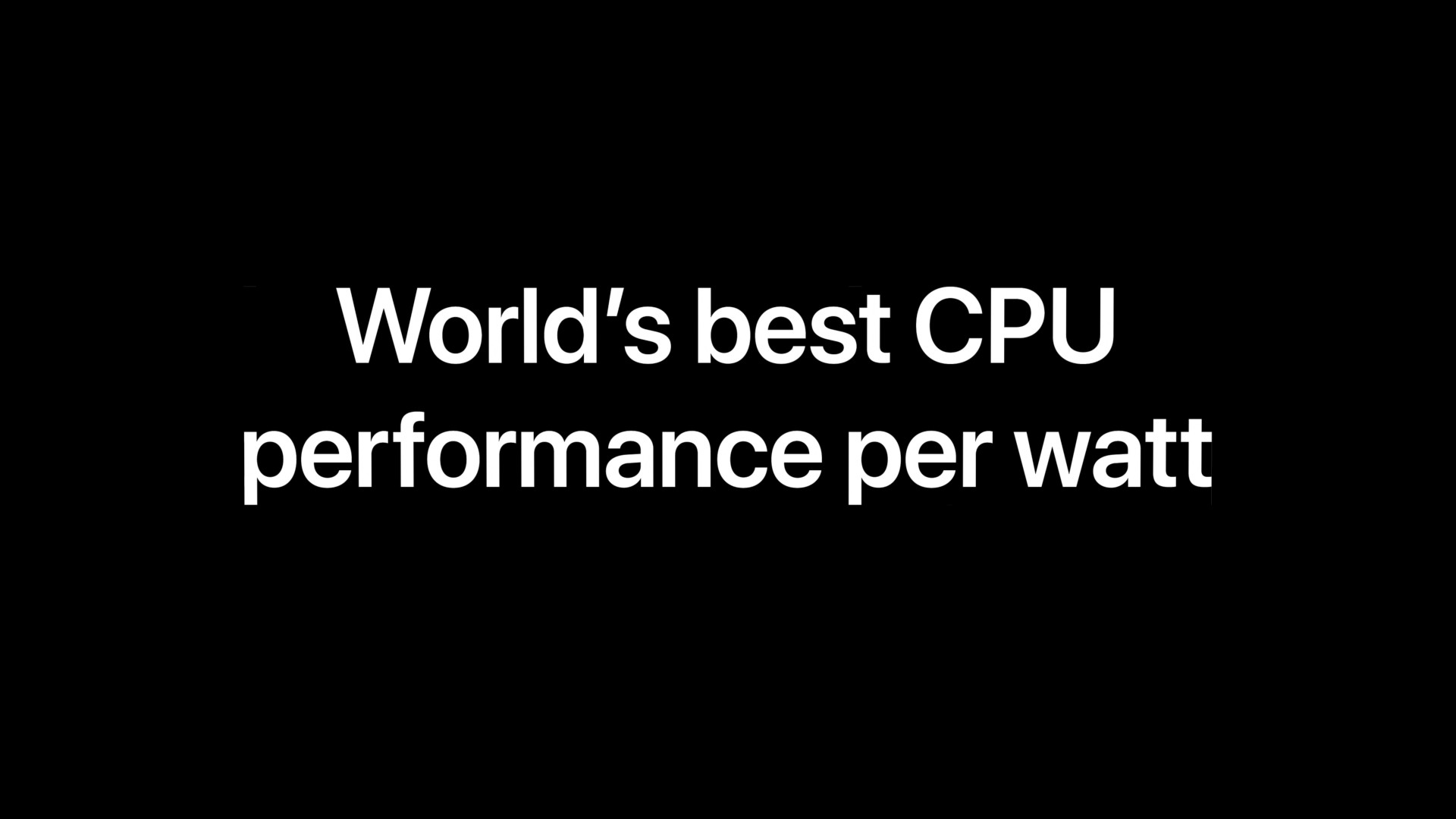
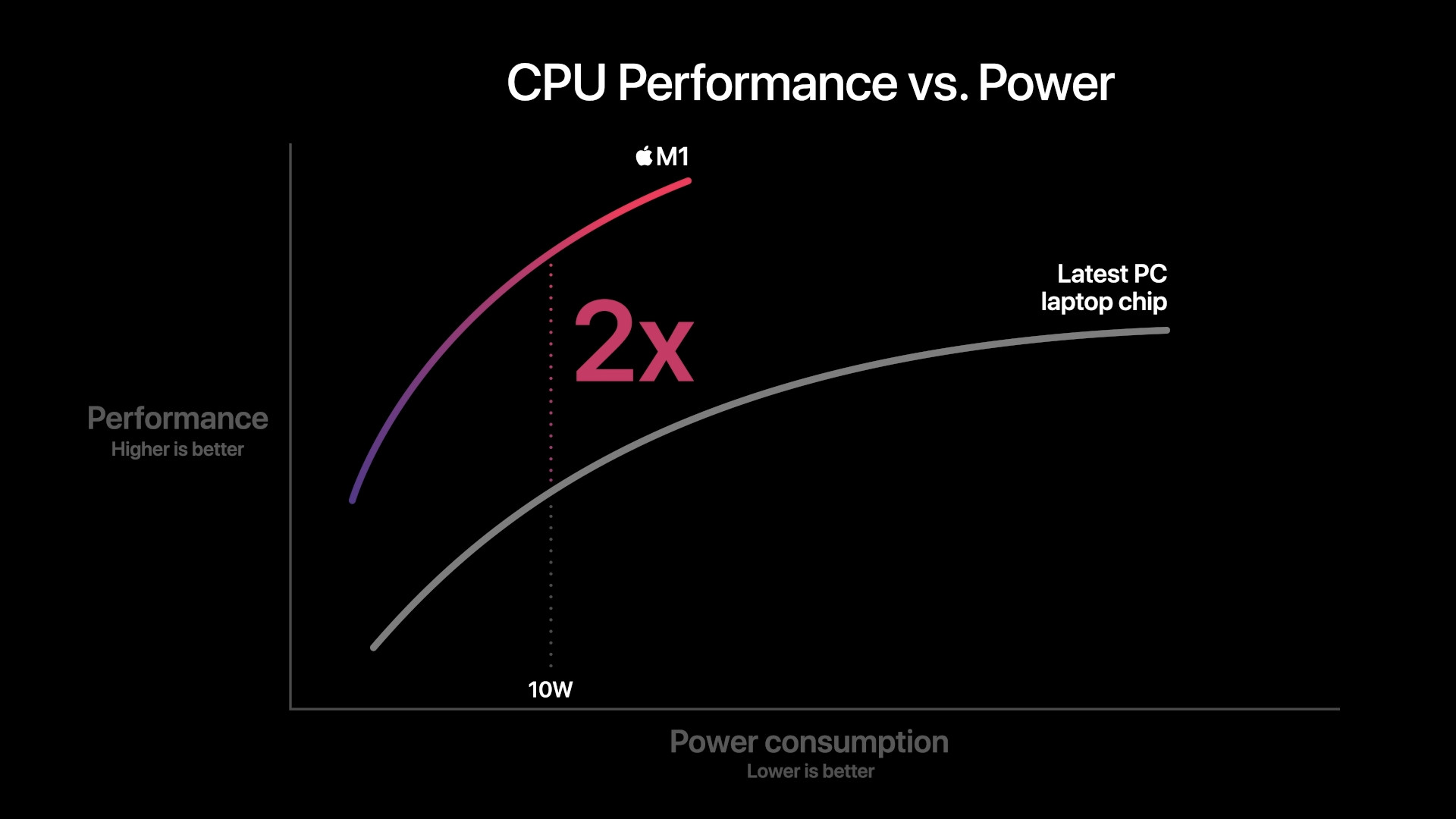
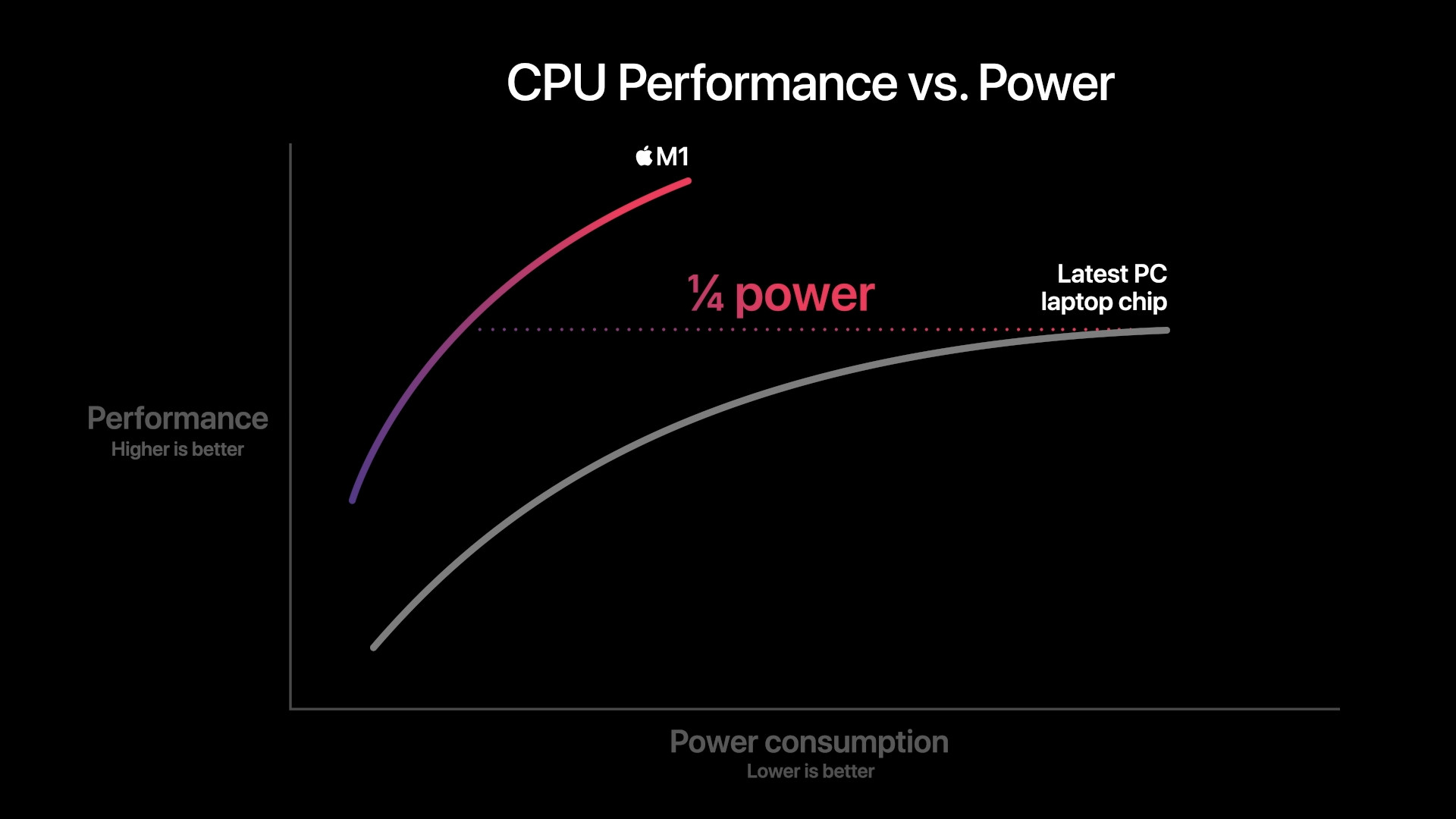

 Adam Kos
Adam Kos
8 gigabytes of ram costs less than a thousand and for a computer in 2022 it is embarrassingly small. But you can play a game with Apple that it is "enough" and that you are "happy to pay extra" for 16
It is more than enough for a Macbook Air, of course you have to say what you want it for and choose the configuration accordingly.
It depends on the price, you say it is enough, the fact that higher writes to the disk were found with the air means that it is swapping and in my opinion this means that it is not enough
They cost at least a thousand, but Apple sells them for 5600
Because Apple knows iSheep are idiots, why not shave them.
An article about nothing. The author deals with the topic only at a barely layman's level and did not support "his" claims with anything. Suffice it to say that eight years ago 8GB was the minimum on offer, so it would like to finally increase it to be fair - technically it would be on par. Otherwise, if you are thinking a little about the future, more memory is useful, but with 8 GB it currently runs for 80% of users with no indication that more is needed. Although I prefer 64 GB. 😉